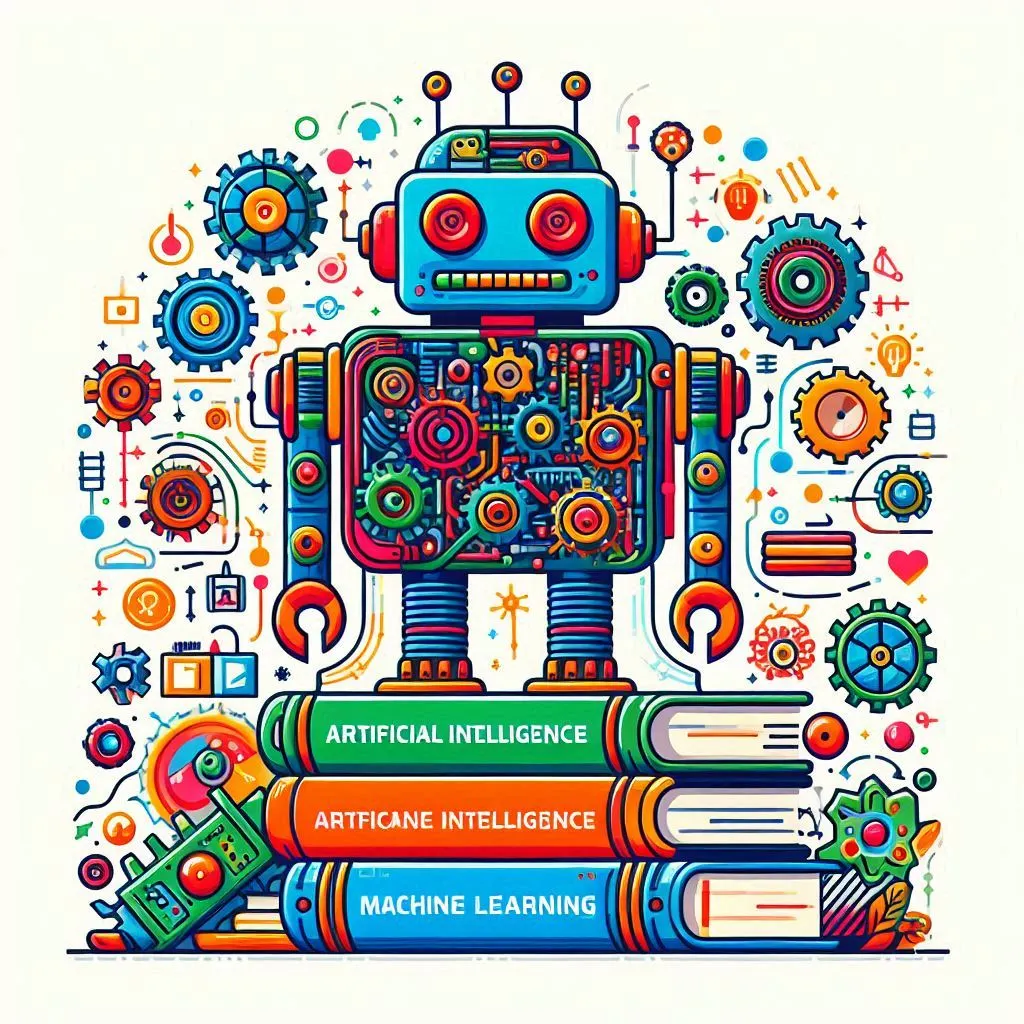How AI Enhances Robotics and Semantic Understanding

Artificial Intelligence (AI) is rapidly transforming the landscape of technology, with significant advancements in robotics and semantic understanding. As AI systems become increasingly sophisticated, their impact on robotics and the ability to interpret human language is profound. In robotics, AI enhances the capabilities of machines, allowing them to perform complex tasks with remarkable precision and autonomy. From autonomous vehicles navigating busy streets to robots executing intricate surgeries, AI is redefining what machines can achieve. Similarly, in the realm of semantic understanding, AI-driven natural language processing (NLP) systems are breaking down barriers in human-computer interaction. These systems enable machines to interpret, generate, and respond to human language in ways that were previously unimaginable. For students and professionals grappling with concepts related to these fields, understanding how AI integrates into robotics and semantic processing is crucial. If you’re seeking robotics homework help, delving into how AI enhances these areas can provide valuable insights and a deeper grasp of the subject matter. This blog explores the transformative role of AI in robotics and semantic understanding, highlighting how these advancements are pushing the boundaries of technology and paving the way for future innovations. Whether you're interested in the autonomous capabilities of modern robots or the nuances of AI-driven language interpretation, this guide will offer a comprehensive look at how AI is shaping the future of these dynamic fields.

1. AI in Robotics: Autonomous Perception and Decision-Making
Robots equipped with AI can perform tasks that were once considered impossible. Central to this capability is autonomous perception—how robots use AI to interpret and react to their surroundings.
a. Video Systems in Robotics
In traditional robotics, video systems were primarily used to relay visual information to human operators. This setup required high-resolution cameras and low-latency transmission to ensure effective remote control. However, the introduction of AI has significantly altered this dynamic. Now, robots use onboard video systems to analyze visual data in real-time, making autonomous decisions without human intervention.
For instance, an autonomous delivery robot uses cameras and AI to navigate sidewalks, avoid obstacles, and recognize delivery locations. The robot’s video system processes images to detect pedestrians, traffic signals, and other important cues, ensuring safe and efficient navigation. This capability reduces the need for human oversight and allows robots to operate independently in complex environments.
b. Machine Learning and Computer Vision
Machine learning algorithms play a crucial role in enhancing robotic perception. By training on large datasets of images and videos, AI models can learn to identify objects, recognize patterns, and understand contextual information. Computer vision techniques enable robots to interpret visual data, such as identifying a product on a shelf or detecting changes in an environment.
For example, in industrial settings, robots equipped with AI-driven computer vision systems can inspect products on a production line, identifying defects with high accuracy. These systems improve quality control and increase operational efficiency.
2. Semantic Understanding: Interpreting Human Language
Semantic understanding is a key area where AI is making significant strides. It involves interpreting and processing human language in a way that machines can understand and respond to appropriately. This capability is essential for natural language processing (NLP), which underpins many AI applications, including virtual assistants, chatbots, and translation services.
a. Handling Ambiguity and Context
One of the main challenges in semantic understanding is dealing with ambiguity. Human language is inherently ambiguous, and words or phrases can have multiple meanings depending on the context. AI systems must be able to disambiguate these meanings to provide accurate responses.
Consider the sentence “They are racing horses.” This phrase could mean that horses are participating in a race or that the horses themselves are racing (as in, moving quickly). AI systems use context and additional information to determine the intended meaning. For example, a virtual assistant might analyze the surrounding conversation to resolve this ambiguity.
b. Semantic Parsing and Sentence Analysis
Semantic parsing involves breaking down sentences to understand their meaning. For instance, in the sentences “The farmer built the fence in the field” and “The farmer built the fence in the winter,” the key difference is the prepositional phrase—“in the field” indicates location, while “in the winter” indicates time.
AI systems use semantic parsing to analyze the structure and meaning of sentences. This process involves identifying relationships between words and phrases, understanding their roles, and determining how they contribute to the overall meaning of the sentence. Advanced NLP models are trained to handle such tasks with increasing accuracy.
c. Natural Language Generation
Natural Language Generation (NLG) is another area where AI is making an impact. NLG involves creating human-like text based on structured data. For example, AI can generate reports, summaries, and even creative content by processing data and producing coherent and contextually relevant text.
AI-powered content generation tools can draft articles, generate marketing copy, or even write creative stories, all while maintaining a natural and engaging tone. This capability is transforming industries that rely on content creation, enabling more efficient and scalable operations.
3. Applications and Future Trends
The integration of AI in robotics and semantic understanding is leading to numerous applications across various industries.
a. Healthcare
In healthcare, AI-driven robots are used for tasks ranging from surgery to patient care. Surgical robots equipped with AI can perform complex procedures with precision, while AI-powered diagnostic tools analyze medical images to detect conditions such as cancer at early stages.
b. Customer Service
AI chatbots and virtual assistants are becoming increasingly common in customer service. These systems can handle routine inquiries, provide support, and even offer personalized recommendations based on user preferences.
c. Education
AI is also making its mark in education. Intelligent tutoring systems can adapt to individual learning styles, provide personalized feedback, and help students with specific challenges. AI-powered educational tools enhance the learning experience and make education more accessible.
d. Autonomous Vehicles
Autonomous vehicles rely heavily on AI to interpret sensor data, navigate roads, and ensure passenger safety. AI systems process data from cameras, radar, and LiDAR sensors to make real-time driving decisions.
e. Smart Homes
In smart homes, AI is used to control various devices and systems, such as lighting, heating, and security. AI-driven smart assistants can learn user preferences and automate home management tasks, creating a more comfortable and efficient living environment.
Conclusion
Artificial Intelligence (AI) is revolutionizing the landscape of robotics and semantic understanding, making significant strides in how machines perceive their environments and interpret human language. The integration of AI in robotics allows for unprecedented levels of autonomy and precision, transforming tasks from complex surgeries to everyday operations of autonomous vehicles. In parallel, advancements in AI-driven natural language processing (NLP) are enhancing machines' ability to understand and generate human language, bridging the gap between human and computer interaction. For those studying these intricate fields or needing assistance with related assignments, a computer science homework helper can provide valuable insights into how AI is reshaping these domains. As AI technology continues to evolve, its influence on robotics and semantic understanding will grow, leading to even more groundbreaking and transformative solutions. Exploring these advancements offers a deeper appreciation of AI's incredible potential and its role in driving the future of technology.